Historical Artifact Chess Sets Made Using 3-D Printing
Some very interesting chess news coming up to brighten up your Wednesday...
Over the past month, a Virginia Commonwealth University lab has been using 3-D scanning and printing technology to create chess sets, with each piece a 3-D-printed replica of historical artifacts found at archeological digs at Jamestown, Mount Vernon, Montpelier, Thomas Jefferson's Poplar Forest and elsewhere.
"Sometimes when you're scanning, it's kind of boring. It takes about 20 minutes to scan an artifact," said Bernard Means, Ph.D., director of VCU's Virtual Curation Laboratory. "So we thought, you know, it'd be kind of fun to make chess pieces out of items from archeological sites."
The lab was launched in 2011 as part of the Department of Defense's Legacy Resource Management Program, which aims to preserve the United States' natural and culture heritage, including through archeological investigations. The lab's mission is to use its NextEngine 3-D scanner to digitally scan artifacts and animal bones, creating a virtual catalog of historical objects and allowing them to be replicated via a 3-D printer. The lab is part of the School of World Studies in the College of Humanities and Sciences.
The chess sets, Means said, are proving to be an excellent way of engaging the public, students and others interested in archaeology and the lab's 3-D scanning technology.
"We're finding that it's a really great way to interact with the public because they can watch you play chess and then you can describe each individual piece," he said.
In one of the chess sets, each piece is a 3-D plastic replica of artifacts from 1607 to 1610 found at a dig at the Jamestown Settlement.
The pawn of the Jamestown set is a scaled-down model of a bust based on the skull of a 14- or 15-year-old boy killed by an arrow in 1607. The bust was recently on display at the Smithsonian Museum of Natural History.
"He was killed by an arrow from an American Indian, so they call him ‘Arrow Point Boy,’" Means said. "We scanned him and made him our pawn."
The Jamestown set's king is a "Bartmann" jug fragment, or German stoneware depicting a "Bartmann," which means "wild man." "They're bearded figurines," Means said. "Some of them are really stern. They have a lot of them at Jamestown."
The queen is a jeweler's mold of an embossed pelican standing on a pedestal.
"[The Jamestown settlement] brought a jeweler over very early on, but then he disappears from the historical record," Means said
The Jamestown set's knight is a 3-D model of a butchered dog mandible. The jawbone has cut marks indicating that settlers likely ate the dog, and the bone dates to the Jamestown settlement's "starving time" in the winter of 1609-10.
The rook, similarly, is a butchered horse tibia recovered at Jamestown.
Another chess set features projectile points – such as arrowheads and spear points – found in Pennsylvania, Ohio and Virginia and dating as far back as 11,500 B.C.
The third chess set features a variety of miscellaneous artifacts.
The pawn is a 3-D-printed replica of a "Frozen Charlotte" doll figurine dating back to the 1850s-1920 and found in Washington, D.C. Frozen Charlotte dolls were a type of china doll based on the American folk ballad "Fair Charlotte," which tells the story of a girl who refuses to wear a winter coat because it would cover up her dress, and then she freezes to death.
A deer toe bone lent to the lab for 3-D scanning serves as the rook.
A projectile point from the Early Woodland era – circa 1,000 B.C. to 100 A.D. – that was discovered at George Washington's boyhood home at Ferry Farm is the set's bishop.
Headless male and female figures from the 18th century that were discovered at Mount Vernon are the set's king and queen.
And a World War I doughboy figurine from Thomas Jefferson's Poplar Forest is the set's knight.
"That's one of those artifacts when we went there and said, 'What can we scan that's cool?' We thought it'd be something Thomas Jefferson-related, but they gave us this figurine that someone played with in the early 20th century," Means said.
Lauren Volkers, who graduated from VCU in December and majored in in anthropology and biology, currently works in the lab and will be working at Ferry Farm as an excavation intern this summer, as well as serving as a teaching assistant for Means' field school.
"I really like the chess sets, because it adds a historical aspect to a classic board game," Volkers said. "I've always enjoyed playing chess and having pieces that are 3-D-printed artifacts are just plain awesome."
Volkers made many of the pieces, printing them on the lab's 3-D printers, trimming off excess material and then painting them.
"It's hard to pick a favorite chess piece, even a favorite chess set, because each one is unique and contains a little part of history," she said. "If I had to choose it would be a tie between the Jamestown chess set and the miscellaneous chess set that contains pieces from multiple historical sites like Ferry Farm and Montpelier."
Over the past few years, the Virtual Curation Laboratory team has been to more than 25 archeological and historical sites in search of artifacts to scan.
"Basically I've been working with a lot of these people for a long time, so as this project developed I'd just call people up, say at Mount Vernon, and say, 'Hey, we'd like to come up and scan some artifacts. What would you like us to do?'" Means said. "Because our mission is so broad, we can accommodate what they have interest in having us scan."
The team is planning to create more chess sets, as well as possibly branch out into other board games. The idea for the chess sets, Means said, originated in part because Ashley McCuistion, a VCU student who works in the lab, suggested they make a Clue-like game.
"We actually plan to branch out and do other games to help raise people's awareness of archaeology," Means said. "Some have suggested checkers or backgammon and I still want to go back to Ashley's idea of making a Clue-like game."
This week, the lab will donate two of the chess sets to the Society for Pennsylvania Archaeology to be auctioned off to support student attendance at future conferences for undergraduate student researchers.
In the future, Means said, the team will bring the chess sets to high schools and VCU public events, archeological conferences and will put them on display for open houses.
"So far," Means said, "mostly we've just been showing it to other archeologists and they go 'Hey that's cool!"
Source: http://www.vcu.edu/
www.chessblog.com
Also see her personal chess blog
at www.chessqueen.com
Don't miss Chess Queen™
YouTube Channel
Also see her personal chess blog
at www.chessqueen.com
Don't miss Chess Queen™
YouTube Channel
The Ultimate Chess Combo.
Previously called the "Become a Master 12-Disk Chess King Training Super Combo", now by popular demand we have added the top of the line best selling chess software package Chess King 4 Pro with Houdini 4 Pro. to give the 13-disk package at our maximum discount.
Old Price: $399.00 Price: $199.95 You save: $199.05
Labels: 3d chess printing, artificat chess





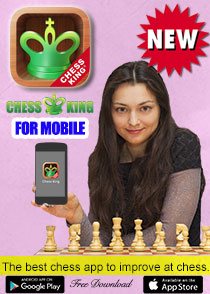
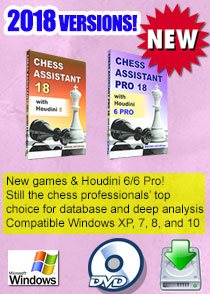

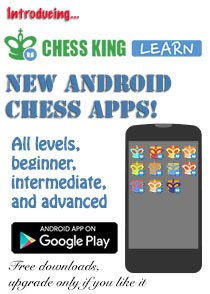
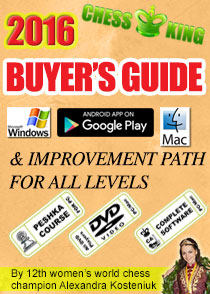


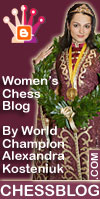





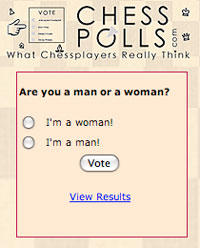
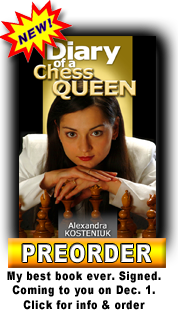










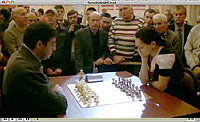
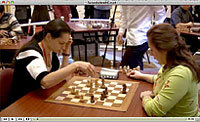
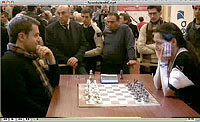
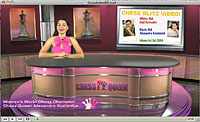
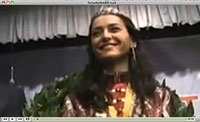
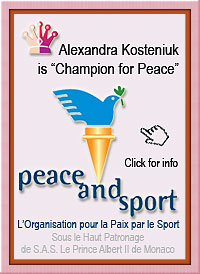
0 Comments:
Post a Comment
Note: Only a member of this blog may post a comment.
Subscribe to Post Comments [Atom]
<< Home